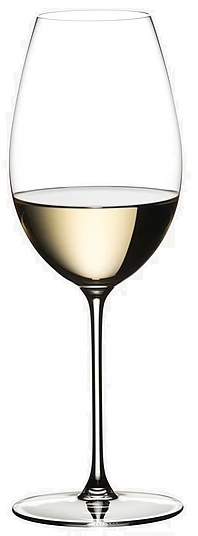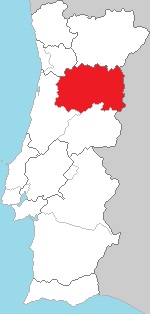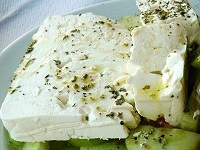Douro Branco (Portugal)
Douro Branco is a white wine from the Douro Valley.
White wines from Douro are typically a blend of native Arinto, Gouveio, Malvasia, Rabigato, and Viosinho.
Douro Branco Flavors
Citrus, Apple, and Tropical Fruit are typical Douro Branco flavors. with hints of Flowers, Herbs, bitter Almond, and wet Stone minerality.
Citrus |
Grapefruit |
Apple |
Pear |
Melon |
Apricot |
Pinapple |
Flowers |
Herbs |
Almond |
Slate |
Oak |
Douro Branco Profile
Douro Branco is dry, fresh and floral, with good acitity:
| SUGAR: | Dry (3 g/l) |
| BODY: | Light |
| FRUIT: | Medium |
| ACIDITY: | Medium Plus |
| ALCOHOL: | 11-12% ABV |
| Serving temperature: 8-10°C (46-50°F) | |
Douro Branco Food Pairing
Douro Branco is best served with Fish, Seafoodfood and Chicken.
Olive Oil |
Olives |
Tapas |
Cured Meat |
Seafood |
Fish |
Salmon |
Sushi |
Bacalao |
Chicken |
Rabbit |
Excellent Pairings
Olives. Olive Oil.
Tapas. Cured Meat.
Fish. Seafood.
Salmon. Sushi. Sashimi.
Pastas (with white Sauce).
Light Bacalhau (Salt Cod).
Chicken. Rabbit.
Cheeses
Soft Cheese. Goat Cheese. Feta. Robiola.
Portugues Specialities
Robalo Grelhado (Grilled Seabass With Chili).
Bacalhau Cozido com Grão (Boiled Salt Cod with Chickpeas).
The Ideal Glass for Douro Branco

|
The Sauvignon Blanc glass is smaller than a Chardonnay glass.
It has a more narrow bowl to concentrate the crisp and citrusy aromas of a zesty and fruity white wine. |
Douro Branco Cheese Pairing
Douro Branco is known for its crisp and fruity profile. It pairs well with a variety of cheeses.
Opt for cheeses with moderate saltiness and creaminess to balance the wine's acidity. You can also add accompaniments like fresh fruits (grapes, apples, pears), nuts (almonds, walnuts), and a light drizzle of honey to enhance the pairing.
Fresh and Mild Cheeses
Mozzarella: Its delicate flavor pairs well with the wine's lightness.
Ricotta: Especially good if served with a drizzle of honey or fresh fruits.
Goat Cheese (Chèvre): The tanginess complements the subtle fruit notes in Douro Branco.
Semi-Soft Cheeses
Fontina: Its nutty, buttery qualities make a good match.
Brie: The creamy texture and mild flavor work beautifully with Douro Branco.
Camembert: Similar to Brie but with slightly more earthiness.
Hard Cheeses
Asiago: Lightly aged Asiago adds a complementary tang to the wine.
Manchego: A classic Spanish pairing, especially younger Manchego, which is less intense.
Gruyère: Mildly nutty and sweet, enhancing the wine's subtlety.
Blue Cheeses (for contrast)
Robiola: Its mild creaminess contrasts nicely without overpowering the wine.
If You Like Douro Branco
You May Also Like:
The Douro Wine Region

The Douro region is the oldest wine region in the world (1756) and is classified as a World Heritage by UNESCO.
Famous for Port Wine, Douro also produces quality red wines (Douro Tinto) tasting from light Burgund to rich Bordeaux.
Black Grapes | White Grapes |

Touriga Nacional |

|
Port Wines | Red Wines |

|

|
Douro Climate

The Corgo Viaduct carries A4 over the Corgo river.
In general, Douro has a warm continental climate, but the climate is not uniform:
Baixo Corgo (below Corgo) in the west, has the mildest climate and produces the lightest wines.
Cima Corgo (over Corgo) is centered around the village of Pinhão, and has the majority of the famous Quintas (Estates).
Douro Superior in the east, is the hottest and driest regions. It goes all the way to the Spanish border. It has cold winters and hot summers and is a source of many wines of good quality.
Soil |
|
The soil in Douro is very rocky. Terraced vineyards (schist bedrocks) are common. Port vineyards are planted in silt layers on clay-schist spread over schist rocks. Table wines are planted on granite-based soils. |













